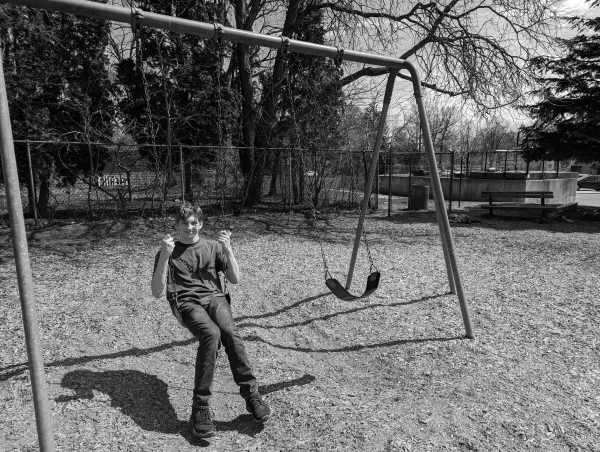From 1999 to 2018: A Story of Hope, Devastation, and Activism
Marci Tuzinsky sighed and looked up the three stories she had to climb to get to her classroom. She was not sure if she was ready to face the solemn faces of her students as she explained the unthinkable tragedy that had occured the day before. It was April 21, 1999, the day after two shooters walked into Columbine High School in Columbine, Colorado, and killed thirteen people before killing themselves. Marci Tuzinsky remembers exactly where she was when she first heard about Columbine: her classroom. She also remembers the intense reaction it had brought out of her. Tuzinsky sighed again, and began the climb up the path to healing.
Almost 20 years later, on Feb. 14, 2018, a shooter walked into Marjory Stoneman Douglas High School in Parkland, Florida, and killed 17 people. Tuzinsky remembers exactly where she was when she heard about Parkland: a staff meeting, where she received a text from a teacher that said, “take a look at this.” She remembers not bringing it up during the meeting, going home, sleeping on it, and coming back to school the next day. Columbine was a career and life-shaping event for Tuzinsky, and millions of Americans. Tuzinsky was devastated for months after April 20, 1999.
However, after years of being left devastated by shootings, Parkland didn’t hit her as hard.
“If I were to be 100 percent honest, and this doesn’t make me feel good to admit, my reaction wasn’t as strong or as deep as Columbine,” Tuzinsky said.
The problem is desensitization, according to Tuzinsky. Tuzinsky believes that especially in the age of social media, where “it’s all in your face,” overexposure to everything — not just tragedies — is becoming a big problem.
According to Darren Simon of CNN, there have already been 12 school shootings in only the first nine weeks of 2018 — The Everytown U.S.A. Research study that showed 18 shootings in the same amount of time, that went viral on social media, was misleading because it accounts for all gun related incidents at school property, including after school hours. When tragedy after tragedy happens without a clear end in sight, and especially with minimal action, it’s hard to feel the same gut-wrenching reaction to every tragedy. It hurts. It hurts every time. But with shooters breaking record after record, exasperation begins to set in.
The other part of why Columbine, according to Tuzinsky, was much more impactful on her immediate psyche than Parkland was because of the rarity of shootings before and after Columbine. According to Maggie Astor of The New York Times, in the seven years after Columbine, there were zero school shootings. Today, America would be lucky to go seven weeks without a school shooting.
However, Tuzinsky is not more concerned about her school than usual. Growing up with a mother who was an educator and a father who was the leader of the first Washtenaw County SWAT team, her childhood was far from normal.
“Maybe that’s how I became a dean,” Tuzinsky said, laughing. Her childhood consisted of regular mock fire drills in her house, complete with climbing out windows and stopping, dropping, and rolling.
Tuzinsky used what her parents taught her in her response to the Parkland shooting. As the dean of her school, she oversees all of the school’s safety measures. After an event like this, she does not feel any more anxious about her school than normal, because her parents raised her to always be prepared.
“I was brought up to be aware,” Tuzinsky said. “I feel like what makes you feel anxious or scared is when you don’t feel prepared.”
For example, the week after the Parkland shooting, all of Community’s doors were locked after eight o’clock in the morning. Also, to be let into the school, everyone is now required to press a button on an intercom with a camera.
Of the great tragedies in the last decade of American history, the massacre at Sandy Hook elementary school in 2012, where a shooter killed 27 elementary school students and teachers, was one of the worst. The shooter killed 20 elementary school children. It seemed like this nation’s best shot at gun control was then, but it was killed without ceremony after the former Vice President Joe Biden failed to get the votes necessary to pass a bill to increase gun control. The bill increased background checks, banned internet sales, and closed the infamous “gun show loophole” — where background checks do not need to be conducted and identification does not need to be verified for a buyer of a gun if the gun is bought at a gun show. However, Biden failed, and at the end of the news cycle, nothing was done.
This time is different, according to Tuzinsky, because of one very important difference.
“It’s the first time it’s been students,” Tuzinsky said. This time, the victims of the shooting, the Parkland students, are taking the responsibility upon themselves to provoke change. Before the responsibility could be placed on a Vice President, or any adult, the students seized it. Tuzinsky believes that this is because the students are being treated with more respect than adults in this situation.
“For the most part, adults are being more respectful to the students’ voice, so they’re not being shut down right away,” Tuzinsky said. “I think people are afraid of being the idiot that silences students.”
The students have traveled around the country giving interviews and challenging politicians, which has already led to change. Because of the media frenzy the students have kicked up, 17 companies have already cut ties with the National Rifle Association (NRA), with potentially more to follow.
Tuzinsky knows that the only way this was possible is because of social media. Even though, according to her, social media can ruin things by overexposing them to the public, the absence of social media is the reason why the students in Columbine could not make the difference the students in Parkland are making. The Parkland shooting eclipsed the four week mark of being national news, and shows no sign of stopping. More important than that, however, is that students started a conversation. These conversations, and the chilling videos that came out from students inside the school that Tuzinsky hopes could not have desensitized anyone, made people reevaluate their stances, including Florida senator Marco Rubio. In a CNN town hall, Jake Tapper moderated a discussion where citizens close to the Parkland area and a group of student activists from the school asked questions to Senators Marco Rubio and Bill Nelson, NRA spokeswoman Dana Loesch, Broward County sheriff Scott Israel, and Rep. Ted Deutch.
In the town hall, Rubio came out in support of lifting the minimum age to buy a rifle from 18 to 21. President Trump at a bipartisan meeting also came out in support of a number of different positions closely aligned to comprehensive gun control — although he later stiffened his stance. This did not happen after Sandy Hook or Columbine. The kids at Sandy Hook were too young to have a strong, national voice. The students at Columbine did not have a platform on the same level that these students have, because they did not have social media.
However, changing the minds of politicians is not enough to change the law, as evidenced by no legislation being passed about gun safety since the shooting as of March 2018. Tuzinsky is hopeful that something will change, but is not certain if laws will pass. Is congress capable of passing a law that will implement real change?
“I hope so, but I have to be honest, I don’t know,” Tuzinsky said. “I haven’t seen a lot of evidence [that congress is capable].”
The students’ physical accomplishments (not just changing minds or starting conversations) include organizing two national protests: the national student walkout on March 14, and the March for Our Lives on March 24. Using social media, many of the Parkland students started sharing both of these events, which led to students nationwide adopting their ideas. That is why Tuzinsky has conflicting feelings about social media.
“When I said there’s a lot of negative stuff about media, there’s a lot of positive stuff about media too,” Tuzinsky said.
Whether it is by social media or through protests, the most powerful tool that any citizen can have is using their voice, according to Tuzinsky. Messages can resonate across the country, and can inspire real change, not just talk. There’s still some way to go before that happens, but remaining hopeful, Tuzinsky believes, is a good way to bridge the gap. Most high school students cannot vote. According to Tuzinsky, that’s why it is not only their right, but the duty of those students to stand up and “make a fuss” about what they believe in.
“Because it needs to be done. That’s part of being a citizen.”
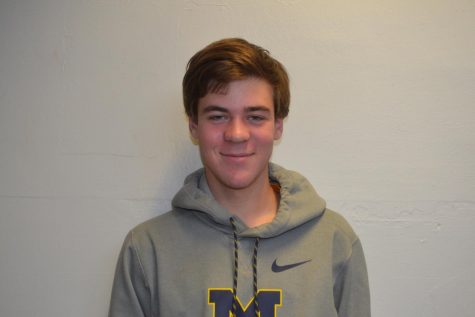



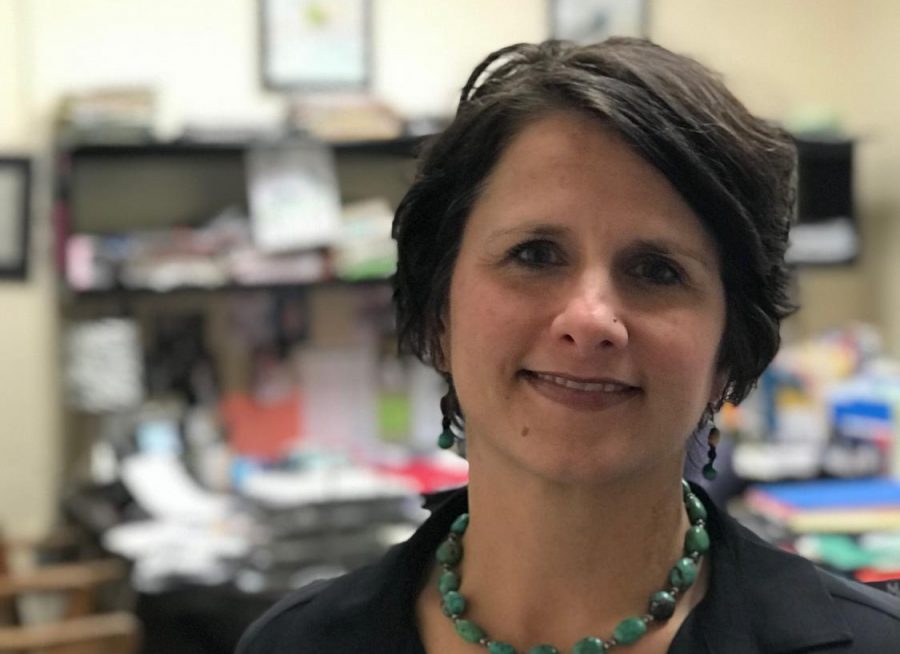


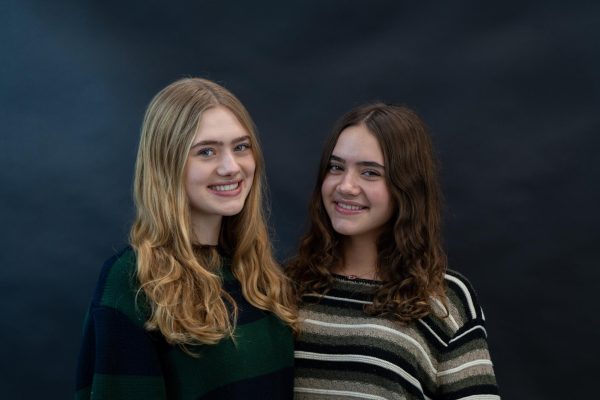
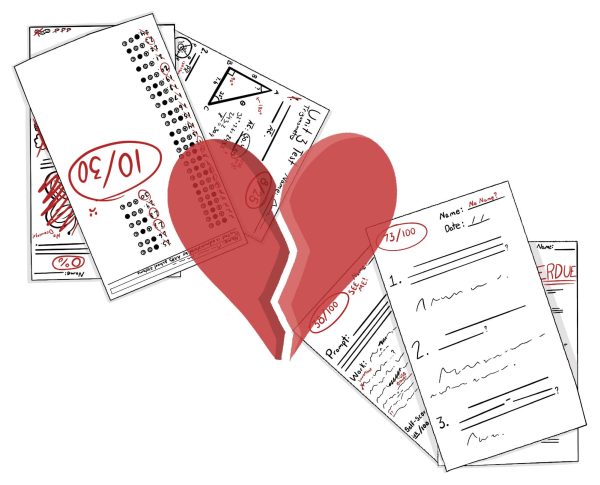
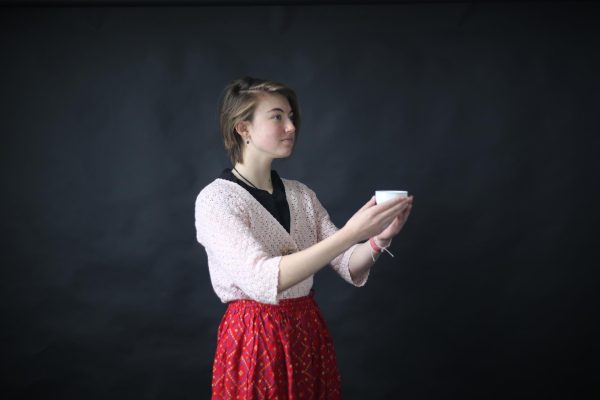
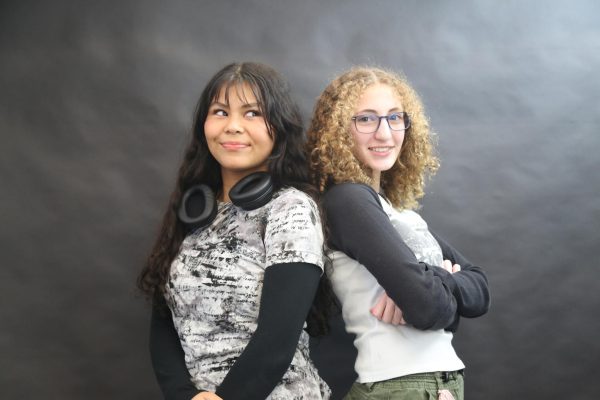
![During a CET rehearsal of the number “A Call to Pierre,” various members in the ensemble, including Maggie Williams, hold up titan tubes. Various people in the ensemble held titan tubes during some numbers in the show, and did basic choreography with them, using the lighting for emphasis. “[Having titan tubes] is a super cool addition to the show,” Williams said.](https://chscommunicator.com/wp-content/uploads/2024/04/67FXGPwwRSi7VlvWUvKuzOOZ2VN2lueTvbEBAWRQ-600x482.jpg)


